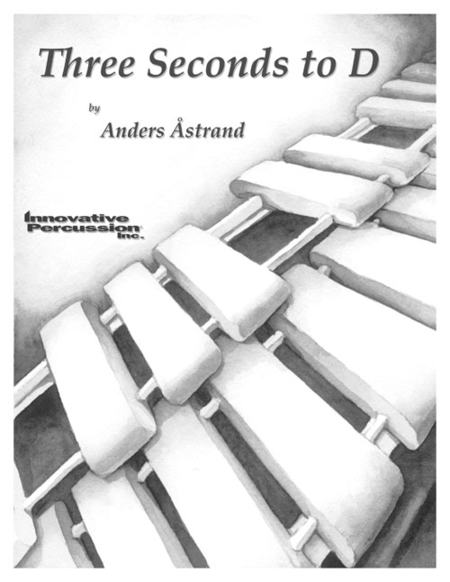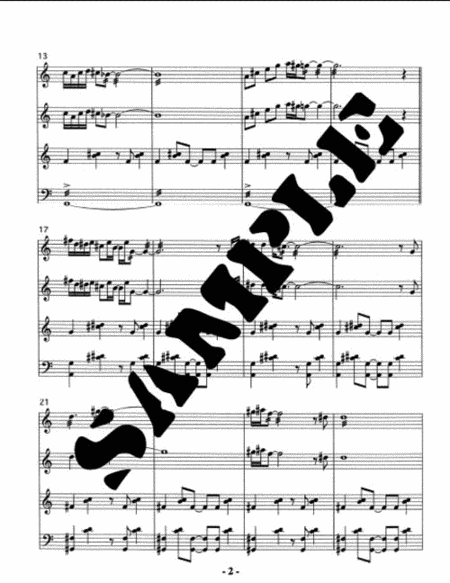Three Seconds to D
-
Ships in 4 to 6 weeks
Details
Description
SKU: IP.E-AA-THR
Composed by Anders Astrand. Score and set of parts. Duration 6 minutes. Innovative Percussion #E-AA-THR. Published by Innovative Percussion (IP.E-AA-THR).8.5x11 inches.
Composer's Notes: The music was originally composed in 1989 for Trio Extempore (Lennart Simonsson keyboards, Bengt Ernryd trumpet, Anders Astrand mallets), and rearranged for Global Percussion Network in 2001 for solo marimba and three mallets. Parts of the Piece are composed as collective improvisations.
All parts contain large sections of improvisation.
Although designated as being written for solo marimba and three mallet players, the solo marimba part does not stand alone and is an integral part of the quartet, which includes two vibraphones and a second (5-octave) marimba. It is best considered as a mallet quartet featuring the first marimba part. Although the noted duration of the piece is 4-6 minutes, there is considerable improvisation, so not only is the length variable, so is the difficulty level. A skilled improviser may demonstrate level-six difficulty in the solo passages, but an intermediate level seems to be best reflective of the overall work. The piece opens with a four-measure solo statement by the marimba marked burlesque and joyful with quarter note at 126-132. When the accompanying ensemble enters in the fifth measure, the first vibe part doubles the solo marimba for 24 measures until a new section marked mysterious allows the first marimba to solo over the bass line and chordal accompaniment. There are four, four-measure sections that can be repeated ad lib followed by a 12-measure section with improvised solo marimba over rapid sixteenth-note accompaniment. A 10-measure section with the solo marimba part (written out) doubling the first vibraphone leads to another 12-measure improvisational section on specific scale patterns that are indicated every four measures. The D.C. leads back to the first 31 measures, which jumps to a four-measure coda marked freely that diminishes to a final, thick D7-based fermata chord. For a percussion group looking for a fairly structured mallet quartet that provides considerable improvisation, this work is one to consider. - F. Michael Combs Percussive Notes, June 2005.


 Share
Share